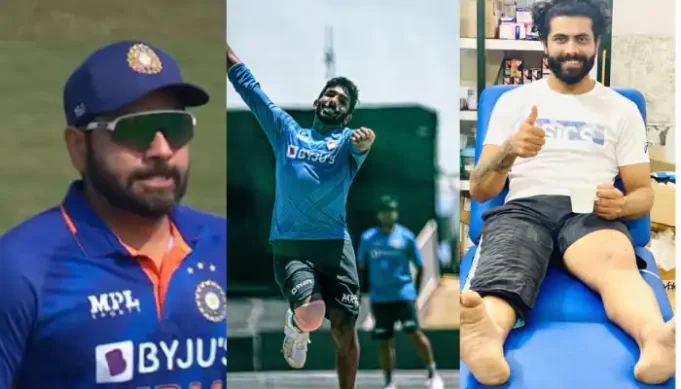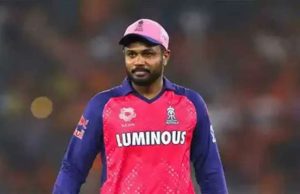Issue Of Workload In Indian Cricket And Possible Solutions. Workload management is a crucial aspect of any sport, and it is particularly important in cricket, where players are often required to play multiple formats of the game (Test, One Day International, and Twenty20) in a short time. In recent years, the workload management of Indian cricketers has come under scrutiny, with some experts arguing that the current system is not adequate and is causing players to burn out.
Let us discuss the current workload management system in Indian cricket, its shortcomings, and possible solutions.
The Root Cause for High Workload In Indian Cricket
Indian cricket team has a busy schedule, with players often playing domestic and international cricket simultaneously. Indian Premier League (IPL) is also held during the cricketing season, adding to the workload of Indian players. In addition to this, Indian cricketers also have several off-field commitments, such as brand endorsements and media interactions, which add to their workload.
Also Read: ICC World Cup 2023 Schedule, Teams, Venues, Prize Money, And Broadcast Channel
The current workload management system in Indian cricket is based on the concept of “rotation policy”, where some players are rested for certain matches or series to manage their workload. However, this system has been criticized for being inconsistent and not always based on scientific data. For example, some players have been rested for a series and then brought back for the next, while others have been forced to play through injuries.
Another major issue with the current workload management system is that it is not tailored to the specific needs of individual players. Cricket is a sport that requires a lot of physical and mental effort, and different players have different levels of endurance and recovery abilities. A one-size-fits-all approach to workload management is not effective, as it does not take into account the specific needs of individual players.
BCCI Shortlisted 20 Players For ICC World Cup 2023
Recently, BCCI has shortlisted 20 players who will be in the reckoning for a spot in the 15-member squad for the ICC Men’s world cup 2023 to be played in India later this year. This is a key step taken as part of workload management. The main objective is to make these players fully fit for the marquee event.
Also Read: World Test Championship (WTC) 2023: How Can Team India Qualify For The Final
They will be exposed to different tournaments leading up to the world cup. IPL 2023 will also be taken into consideration. However, the team management will ensure that they are not overexposed, resulting in overburden. To cope with IPL, BCCI, and IPL franchise owners will be involved in a meeting to discuss ways to manage the workload of the players in the IPL. This is indeed a positive step taken by the BCCI.
Overall, Workload management must be given due importance and should be a top priority for the Indian cricket board, players, and coaching staff. It is important to have a balance in the schedule of matches and tournaments and to have a good mechanism for injury prevention, recovery, and rehabilitation. With the right approach and implementation, Indian cricket can continue to thrive and produce top-quality players for years to come.
Possible Solutions To Managed Workload Management
To address the issue of workload management in Indian cricket, there are a number of solutions that could be implemented. First, the Indian cricket board should adopt a more scientific approach to workload management. This can be achieved by using data analytics to track the workload of individual players and then using this data to create personalized training and rest programs for each player. This will ensure that players are not overworked and that they have enough time to rest and recover.
Also Read: IPL 2023 MI: Can MI Win Their 6th Title Under The Captaincy Of Rohit Sharma
Another solution is to limit the number of matches that players are allowed to play. This could be done by setting a maximum number of matches that a player can play in a certain period, or by limiting the number of matches that a player can play in a certain league or tournament. This would reduce the workload on players and would help to prevent injuries and burnout.
Another solution that could be implemented is to provide players with more rest and recovery time. This could be done by scheduling matches and tournaments in such a way that players have more time to rest and recover between matches. This would help to prevent injuries and burnout, and would also help to ensure that players are in top form when they are playing.










